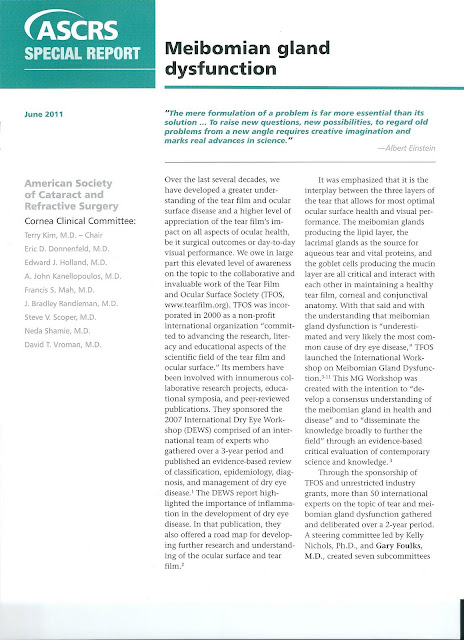[June 2011 EyeWorld] Presbyopia-correcting IOL pearls by Faith A. Hayden EyeWorld Staff Writer An implanted ReSTOR IOL (Alcon) Source: Richard Tipperman, M.D. No matter which presbyopia-correcting IOL you favor, be it the ReSTOR (Alcon, Fort Worth, Texas), Tecnis (Abbott Medical Optics, AMO, Santa Ana, Calif.), or Crystalens (Bausch & Lomb, Rochester, N.Y.), experts agree that achieving the best possible outcomes begins with one critical component: the pre-op exam. EyeWorld spoke with Richard Tipperman, M.D., Wills Eye Hospital, Philadelphia; Y. Ralph Chu, M.D., adjunct associate professor of ophthalmology, University of Minnesota, Minneapolis, and clinical professor of ophthalmology, University of Utah, Salt Lake City; and William B. Trattler, M.D., cornea specialist, Center for Excellence in Eye Care, Miami, for tips on attaining spectacular outcomes with each and every patient. The feedback was largely universal. Proper patient selection and an extensive pre-op ex


